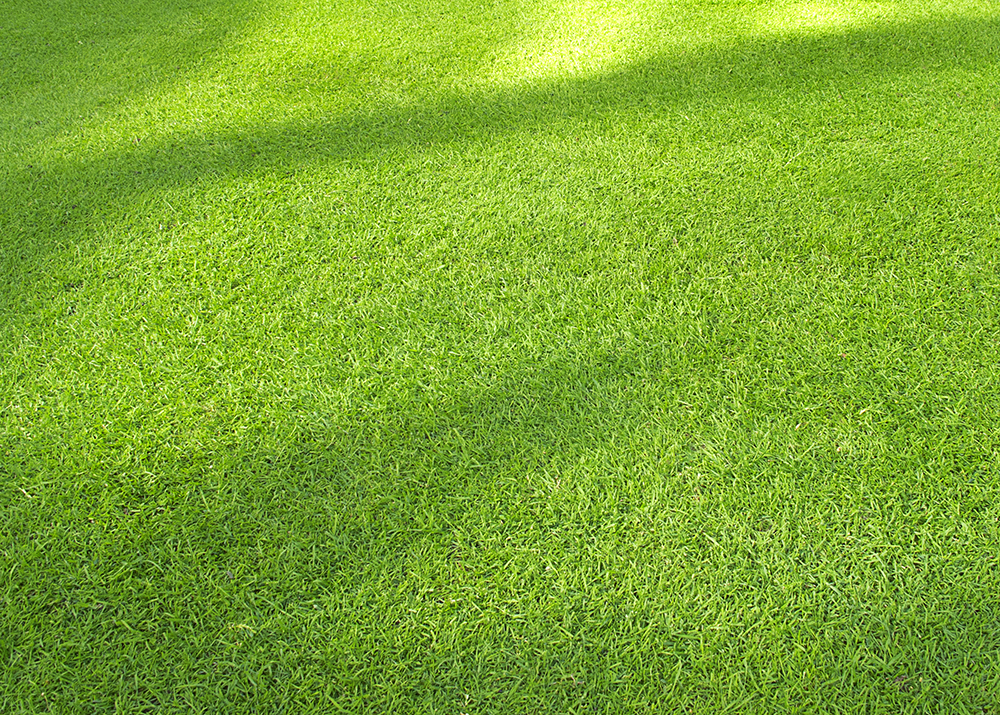
Turf Type Tall Fescue
The Development of Turf Type Tall Fescue
Posted in General by Curtis Williams
In 1979, Dr. C. Reed Funk released a landmark variety called “Rebel” Tall Fescue. Tall Fescue is a cool season grass, native to Europe and some parts of Northern Africa. It was introduced to the United States in the 1800’s as a pasture grass and was known for its hardiness, persistence, shade tolerance and adaptability to a wide range of soil conditions. In the late 60’s Funk began the process of intercrossing clones from fescue populations that were more desirable as turf.
The utility of this species was not recognized until the release of Rebel, with darker green leaf color, deep roots, lower growth habit and finer leaf texture. Tall Fescue also has a symbiotic relationship endophytic fungi that live inside the stem and leaf tissues and produce alkaloids that enhance tolerance to insect feeding.
Fast forward 38 years and you have multiple varieties of Tall Fescue that spread through rapidly developing lateral tillers and rhizomes, increased recovery from damage, and incredible drought tolerance. Is it any wonder the Oregon Growers Commission reported a farm to dealer movement in the first 3 quarters of FYE 2016-/17 at a whopping 134,617,544 lbs.! Whenever you sell a pound of Turf Type Tall Fescue, give a nod to the good Dr. Funk.